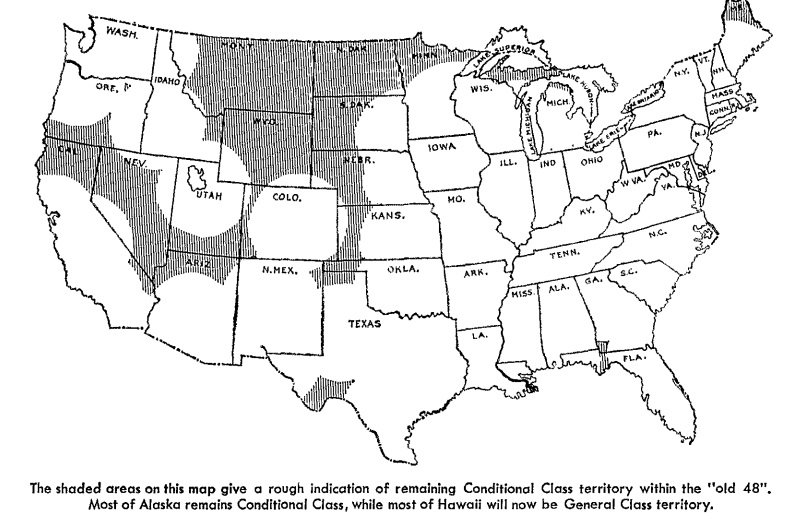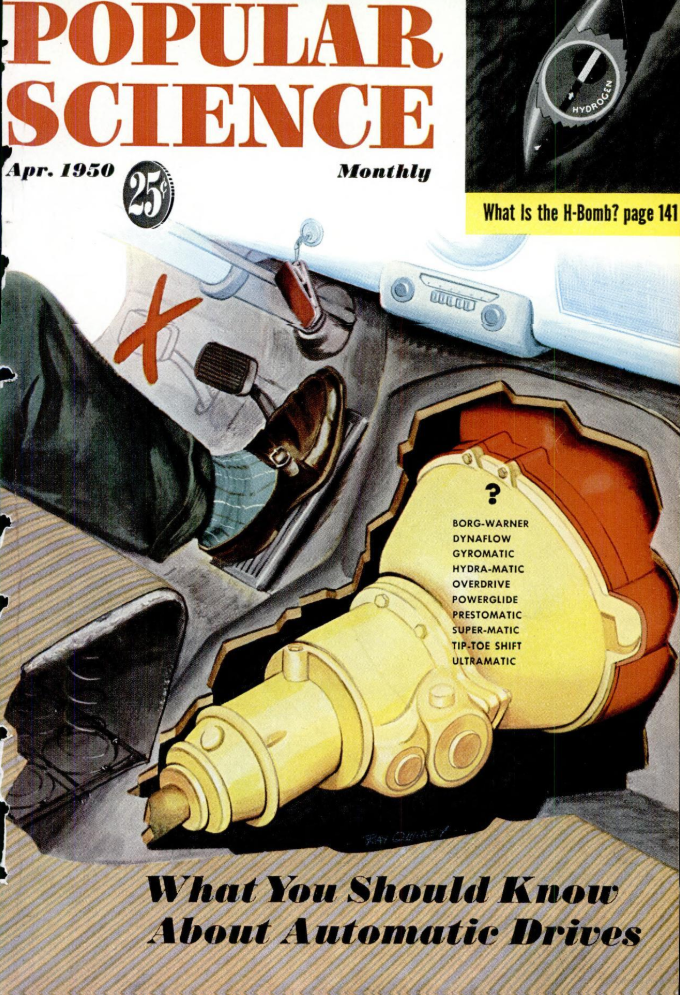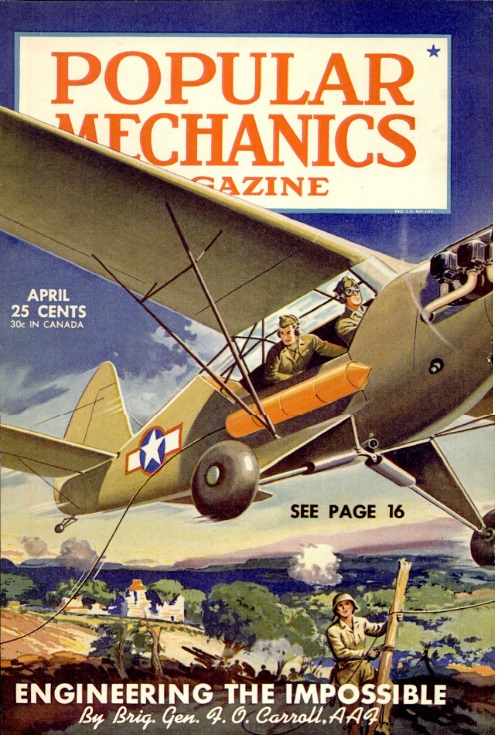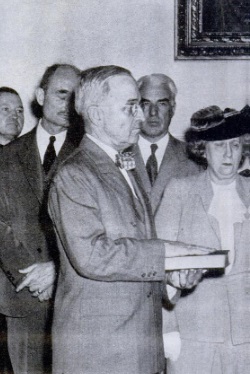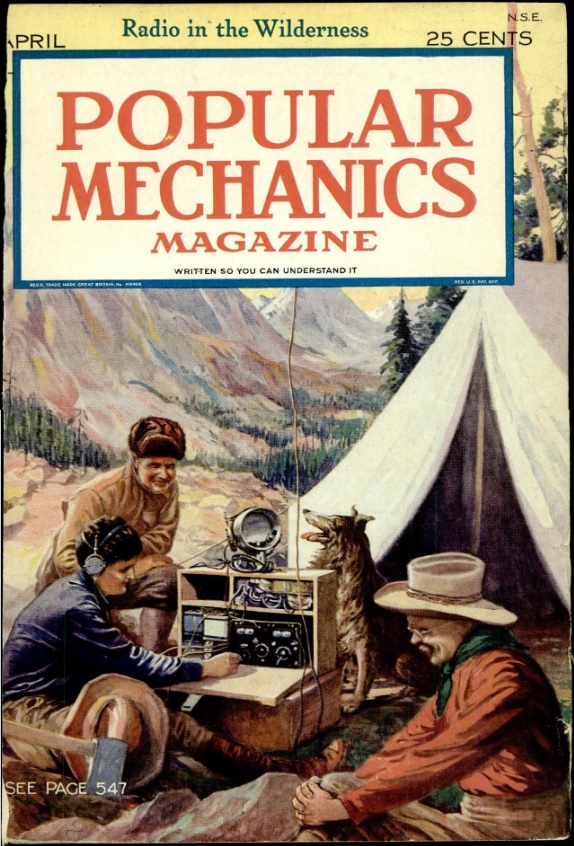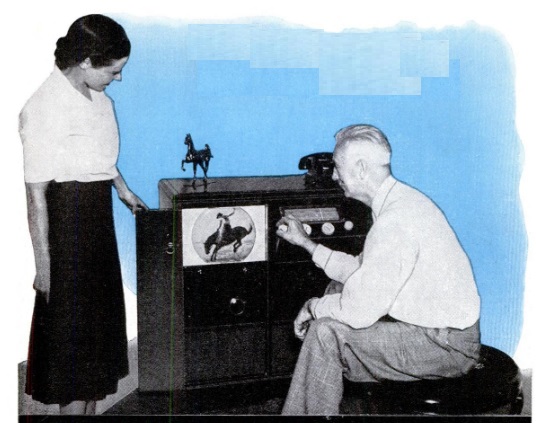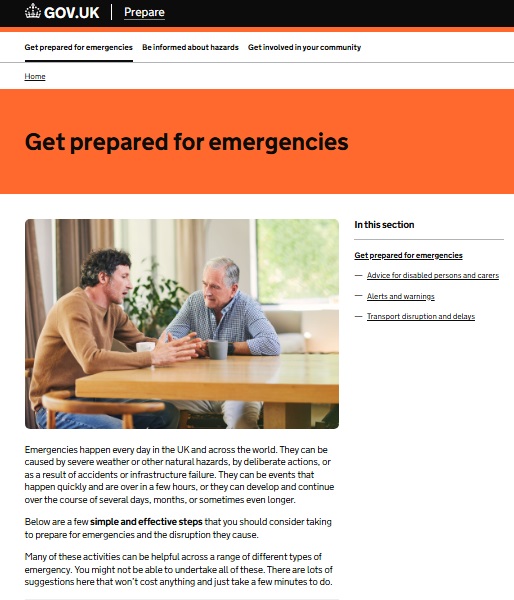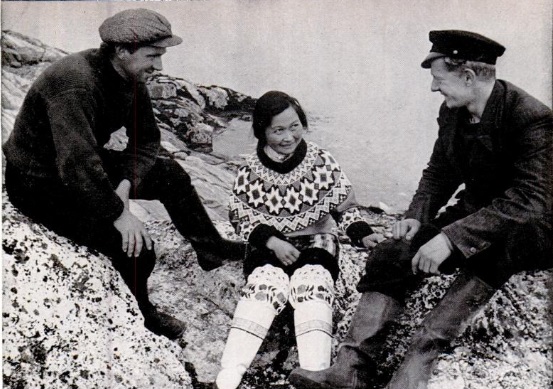
Eighty-five years ago, on April 8-9, 1940, Germany invaded Denmark and Norway. This was of particular concern to the United States, since the war was now creeping closer to America, since the Danish colony of Greenland was geographically part of North America. A year later, Greenland became a de facto protectorate of the United States, and when America entered the war, Greenland became a combatant.
President Roosevelt suggested that it would be “a good thing for the American people to learn a great deal about Greenland.” According to Life Magazine, April 22, 1940, from which suggested that most Americans’ only knowledge was the hymn beginning “from Greenland’s icy mountains to India’s coral strands.” The magazine also reminded readers that during the last war, the U.S. bought the Virgin Islands from Denmark to keep them from falling into hostile hands.
While orders came to Greenland from Copenhagen, via radio and via neutral Portugal, these orders were ignored. Instead, local officials came to taking orders from the Danish Ambassador to the U.S., Henrik Kauffmann, who became nicknamed as the “King of Greenland.” He was charged by the Danish government with treason, but the sentence was revoked after liberation in 1945.
That issue of Life devoted fifteen pages to the expansion of the War to the Nordic Countries. Shown above is an Inuit Greenland girl flirting with two Danes. The magazine noted that the Inuit had a good deal of white blood, and the Danes have no objection at all to marrying them, since there were “considered more useful wives in this hard climate than the thin-blooded white women. They are extremely courteous, for Greenlanders know they must get along with one another to survive at all.”
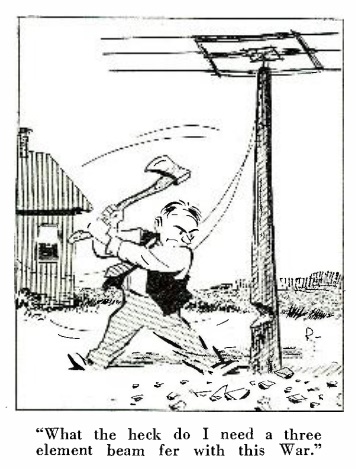 It wasn’t until June 5, 1940, that the FCC completely banned amateurs from working foreign stations. And it wasn’t until after Pearl Harbor that amateur radio was put off the air entirely. But even before the ban on foreign contacts, U.S. amateurs had been prohibited from communicating with any of the belligerent countries, and even some neutral countries had shut down amateurs as a precaution. So there wasn’t much DX to be found, as the ham in this cartoon from the April 1940 issue of Radio News has discovered.
It wasn’t until June 5, 1940, that the FCC completely banned amateurs from working foreign stations. And it wasn’t until after Pearl Harbor that amateur radio was put off the air entirely. But even before the ban on foreign contacts, U.S. amateurs had been prohibited from communicating with any of the belligerent countries, and even some neutral countries had shut down amateurs as a precaution. So there wasn’t much DX to be found, as the ham in this cartoon from the April 1940 issue of Radio News has discovered.

